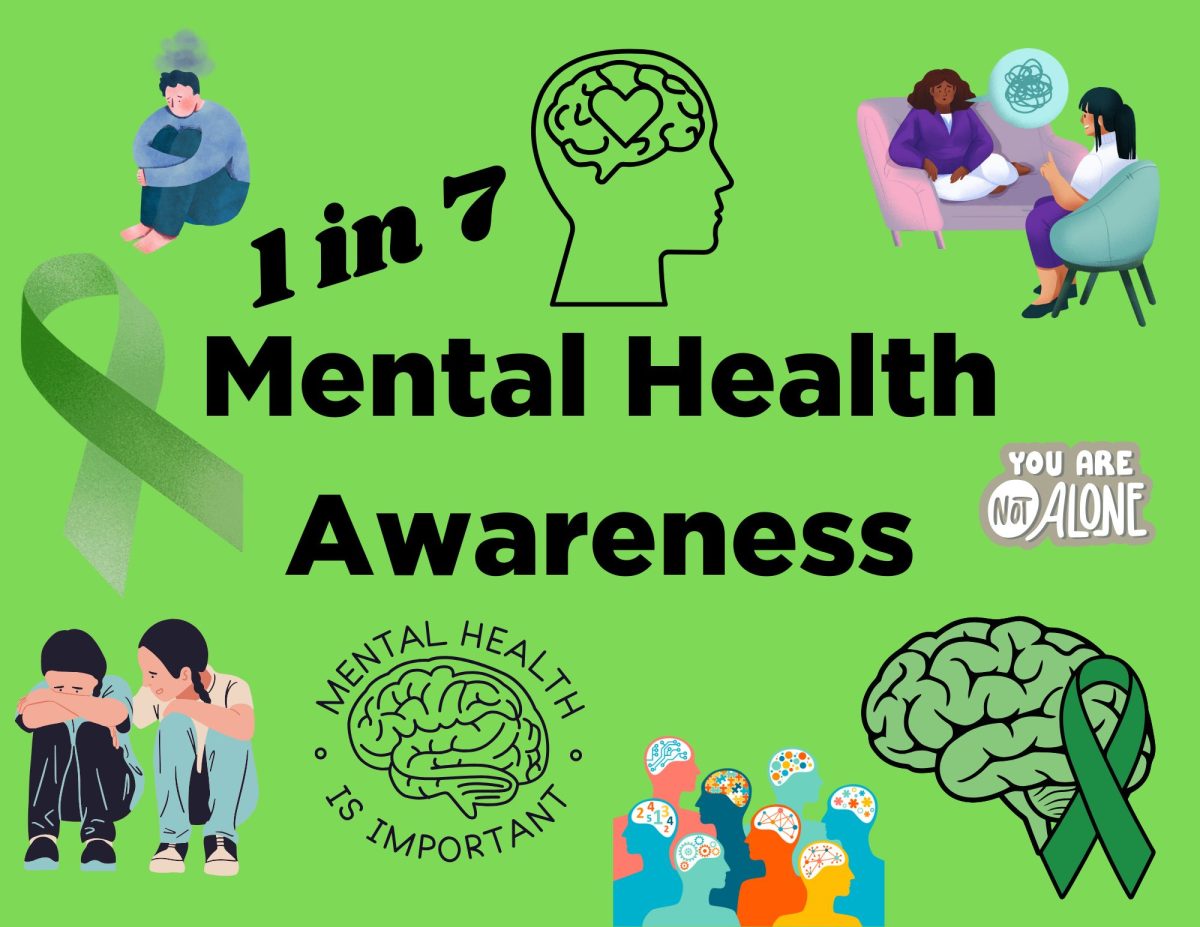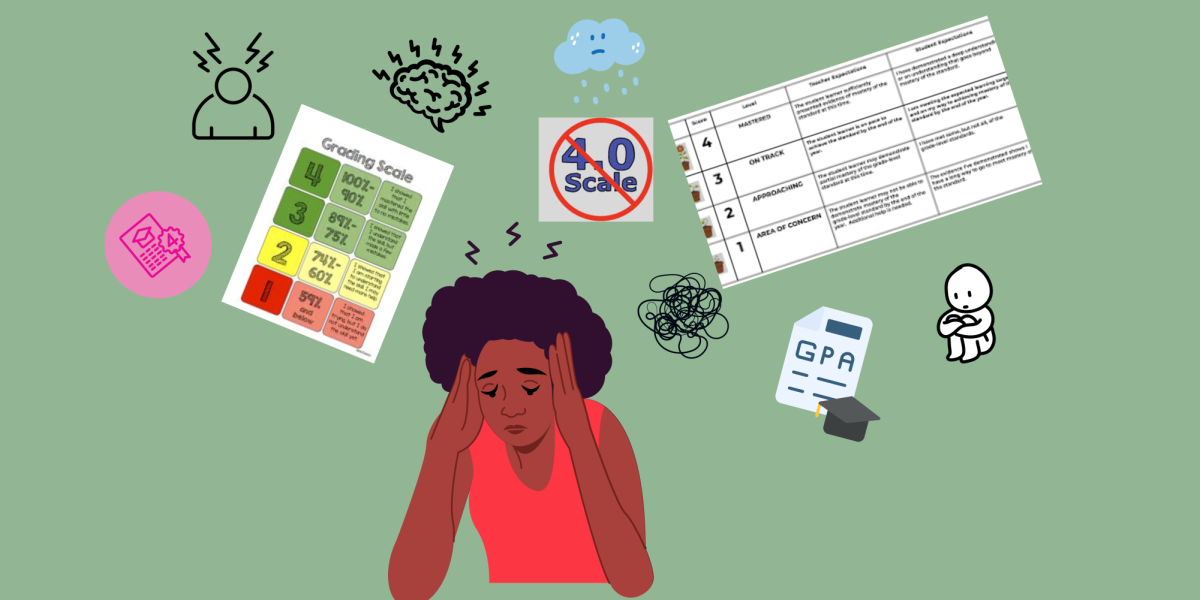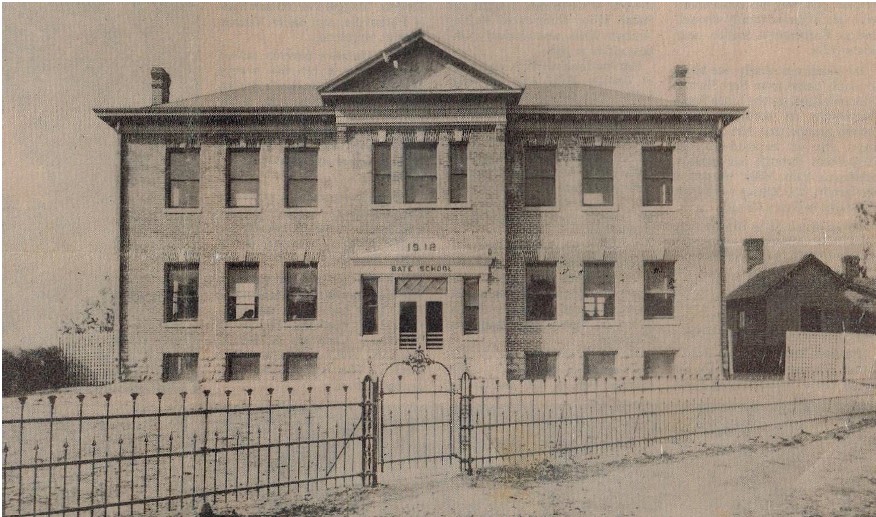The 4-point grading scale assigns letter grades to corresponding numerical values, with 4 equalling an A and 1 equalling a D. This grading system was designed to help identify what standard a student was specifically struggling with. It was also supposed to simplify the grading process because instead of having 100 different grade levels (100 different percent options) a grade would be a number 1-4. This system was implemented at Danville High School two years ago. In reality, the 4-point grading scale is not consistent, sets low standards and does not prepare students for college.
One of the primary issues with the 4-point grading scale is the lack of consistency. For example, level 1 can be described as “below expectations,” “can reach level 2 with assistance,” or “attempted the assignment.” These are just a few examples of different descriptions of level 1. This is problematic because different teachers use different descriptions on how to grade. With that, one teacher may grade something completely different than another.
Charlie Kinkade, a sophomore at Danville High School (who is also a member of The Crow’s Nest), adds to this by saying, “The 4-Point grading scale is inconsistent throughout different classes. In some of my courses, getting a 4 means completing all of the necessary work, whereas in others it means going above and beyond the required coursework.”
Suzanne Farmer, who is the Chief Academic Officer at Danville High School, expands on the administrative point of view on the 4-point grading scale.
“A challenge of grading scales is finding a balance between and a separation of academic behaviors (like effort, attitude, behavior, participation, etc.) and knowing the content expected in the class,” she said.
With any grading system, this problem can arise. However, it is especially prevalent in this system because of the lack of consistency the 4-point grading scale presents.
It is also important to acknowledge the upsides of this grading system.
Ms. Suzanne Farmer said, “The benefit of standards-based grading is that it doesn’t just assign a grade for an assignment or a test — it measures how well a student understands specific standards expected in the course.”
This can be helpful in understanding what area a student is struggling in and can help the student target their learning to a specific standard.
In the 4-point grading scale, a 4 converts to 100% and a 1 to 60-69%. This is problematic because a 1 (or 60-69%) is easily obtained, meaning the student is passing.
Ms. Chasati McCowan, a Spanish teacher at Danville High School, said, “I feel that for many students who choose to do the bare minimum, they can still easily pass a class and get credit by getting a 1 on assignments.”
If passing a class is as easy as doing the bare minimum, students may not put forth their full effort, thus leading to no actual comprehension of the material at hand. Despite not understanding the material, students can still pass the class. Ms. McCowan also brings up another issue.
“I think the biggest negative effect it has is that it doesn’t match up to college grading systems,” Ms. McCowan said. “When applying for colleges and scholarships, GPAs matter. When the 4-point grading scale is converted to percentages, there’s a big difference between a 2.5 (80%) and a 3 (90%).”
Considering that, the 4-point grading system fails to align with college grading systems. Additionally, the low standards set by the 4-point grading scale mean lower college-level preparation
The 4-point grading scale in general is not as effective or accurate as traditional grading systems because of its lack of consistency, the low standards it sets and how it does not prepare students for college.
“I don’t have all the answers on how to fix it or make it better, but I still feel there has to be a better solution,” Ms. McCowan said.
This grading scale does not reflect the overall ability of a student due the oversimplification. Please answer the poll located on this page to help gather more information about the popularity of this grading system:





















